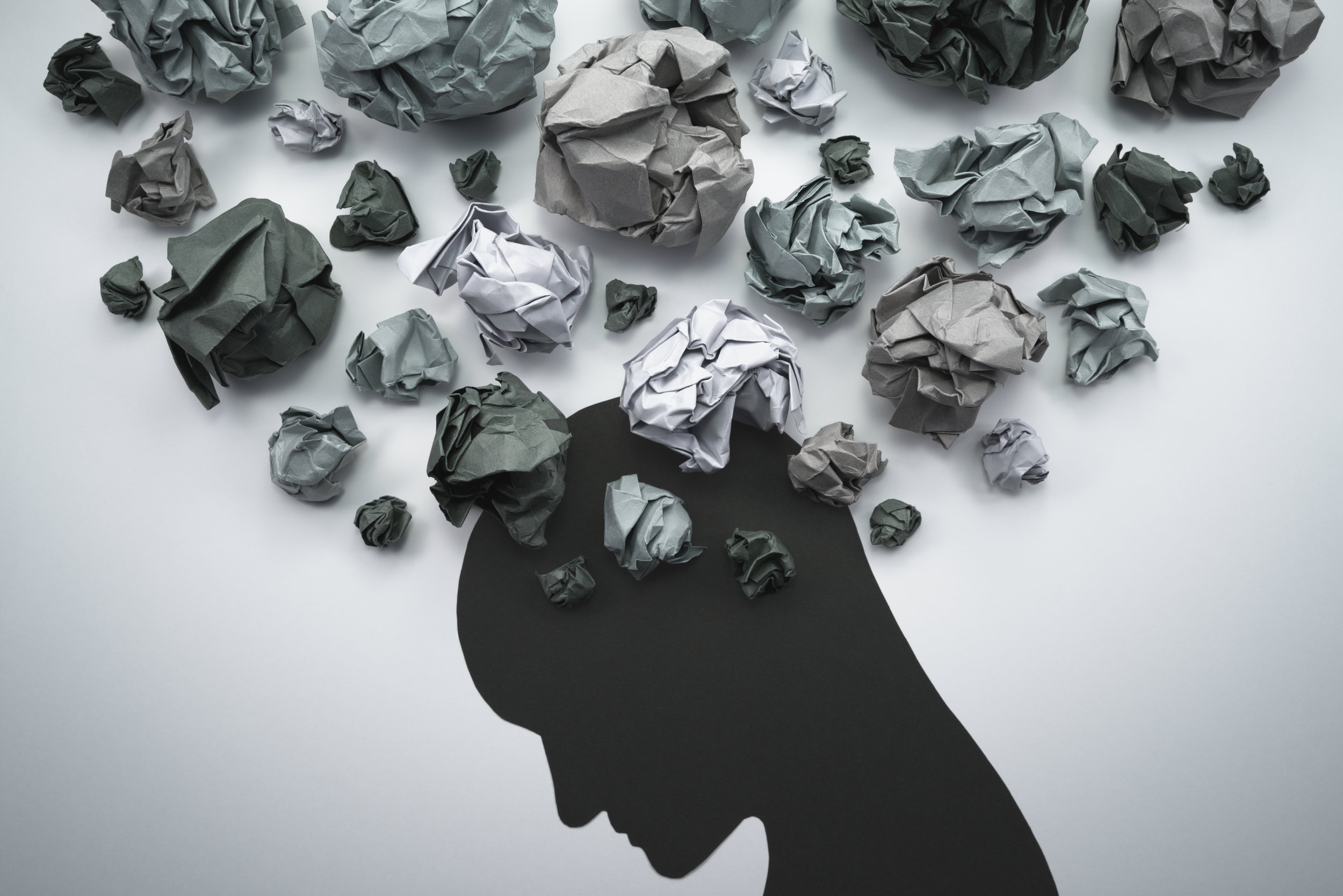Anxiety and depression are symptoms of time and story. They are manifestations of being in the wrong time in a story in your head. What does this mean? How do we deal with anxiety and depression?
The wrong time is any time that is not in the present. We experience life and time as linear and believe in a continuation of time: past, present and future. One long line from birth to death. But this just isn’t so.
Of course, that’s not to say we don’t have a past and that there is no future. These times exist in our lives, but only in idea form. We remember things from the past and we think about the future, but neither exists. The past is gone and the future never arrives. Yet we spend the majority of our lives contemplating the stories about these two non-existent times. We accumulate stories from our past, heavy stories of sadness, grief, pain and loss. And as we carry them around, we continue to repeat the stories, embellish them, and the stories grow and grow.
In the embellishment, the deepening connection and ownership of one’s story, makes it heavier and heavier to bear. It weighs us down. Deep sadness felt in the past, an emotional experience that we could have moved through and let go of has become an identity, a leaden cloak we drape over our entire body. We struggle to drag ourselves through life. Depression. How do we stop being depressed?
Having hauled this belief system around, finding it heavier and more cumbersome, owning it, becoming it, the natural progression is to expect that what happened in the past will happen again in the future. Dragging this fear from the past and flinging it forward, expecting the worst to continue to unfold as it did in the past, of course creates fear of the future. I carry my fear and fully expect it to reappear in the future. I fear the fear I believe is coming. This exponentially enhances the fear and, in my expectation of its reappearance, I deepen my anxiety. How do I stop being anxious?
Here’s the key: The feeling is real, but the story of past and future is fantasy. A feeling arises, as feelings unendingly do, but I err when I drop into a belief, a story I’ve told myself repeatedly over a lifetime in regards to this feeling. Lost in the story I repeat and embellish the feeling, leading to an emotional hardening and atrophy. The longer I believe in something, repeat it and practice it in my head, the more potent it becomes and the deeper it roots in my psyche. The longer I focus on something, the more it affects me; eventually, it changes my physical makeup. It will alter my brain chemistry, my neural pathways, my hormones. As it lodges itself in me physically, it may become what some call clinical depression, which can be accompanied by anxiety disorder. Depression and anxiety may co-occur or occur on their own.
I do not work with the labels of depression or anxiety. In my view, the labelling helps reinforce the atrophy. In some cases, people may feel the need to experiment with substances, both prescribed or not, to shake loose the bonds of the heavy. But with or without substances, the essence of the work lies in time and story.
One way to cope with depression and anxiety effectively comes to people who are open to exploring the past and future through the clear, focused lens of the present. They bring curiosity to what happened and an awareness of feelings that arise in the present moment. They learn to quiet the mind so that there is less and less projection of past fears, beliefs and expectations onto the future. Learning to be in the present is an antidote to the stories of the past and the fears of the future. This is the benefit of practicing mindfulness.
One of today’s catch phrases is “Live in the now.” It’s a valuable saying when paired with guidance to achieve it: Feel, without the interpretation, the commentary and the story; just feel what is happening now. Go deeper into your body, experience what is as it unfolds within you. Accept what is, let it move through you and move on. This is how to be mindful.
With mindfulness, when emotions come up, acknowledge them and feel where they lie and how they move within your body. Do not feed the story, focus your attention on the feelings. By simply experiencing the feeling as it arises and fades within your body, dwelling on the past dissolves and projection into the future fades. The feeling is only passing through. If allowed to pass through, it will come and go, like water flowing over a rock. Without story there’s nothing to hold on to and no chance for fear to arise and be projected into the future. This is how to practice mindfulness.
We’re talking about big issues that people deal with all the time. I do not lightly say be in the present. It requires work. It requires commitment. There are no quick fixes. Just as we must
practice anything to gain mastery, we have to practice mindfulness, too. It is not a slogan. It is not a weekend workshop. It is a practice that can transform your life, but only you can do it. Mindfulness is a powerful tool you can wield yourself to practice presence and to learn to be with your mind and body, eventually freeing yourself. But mindfulness manifests only through work, only through practice.
With self-love, an open, willing heart and a deep commitment to personal responsibility and growth, each of us has the potential to heal our self through the patience of a mindfulness practice. I encourage you to relax into and enjoy the steps along this beautiful way.
